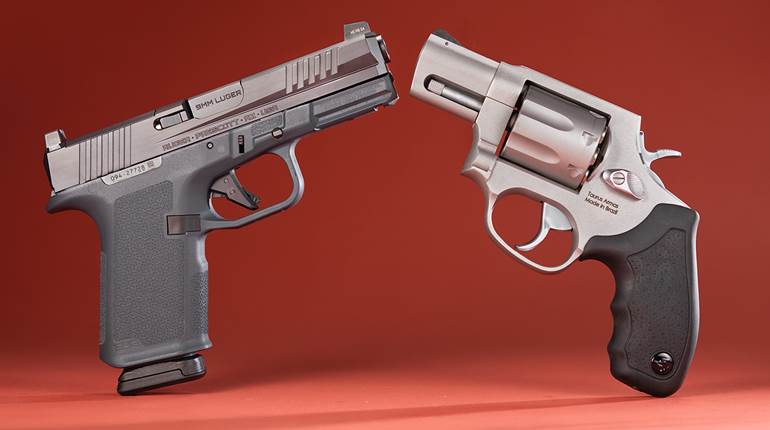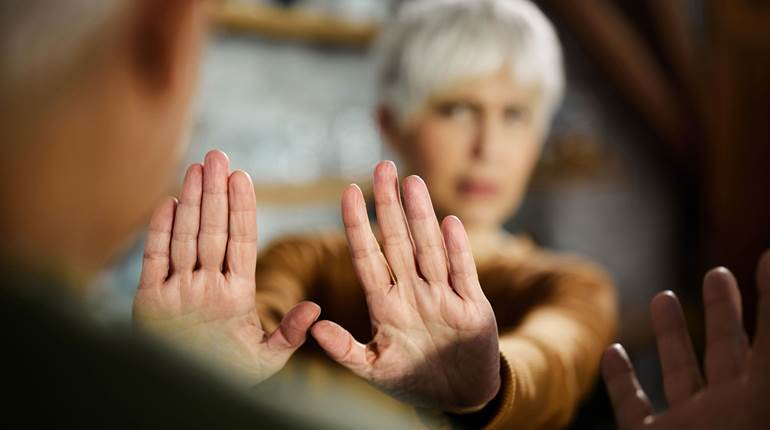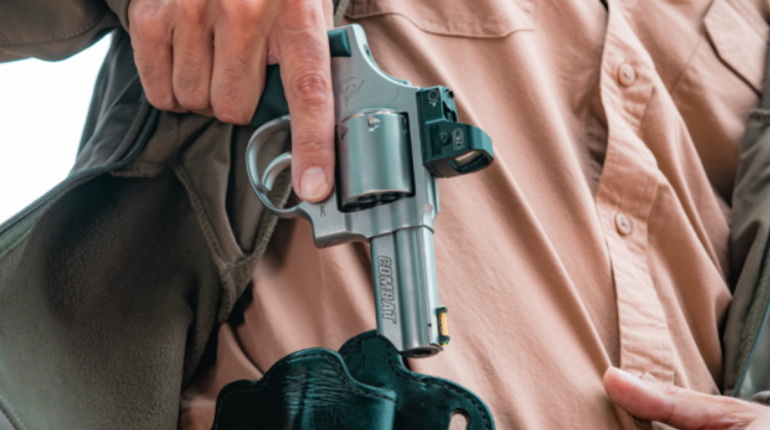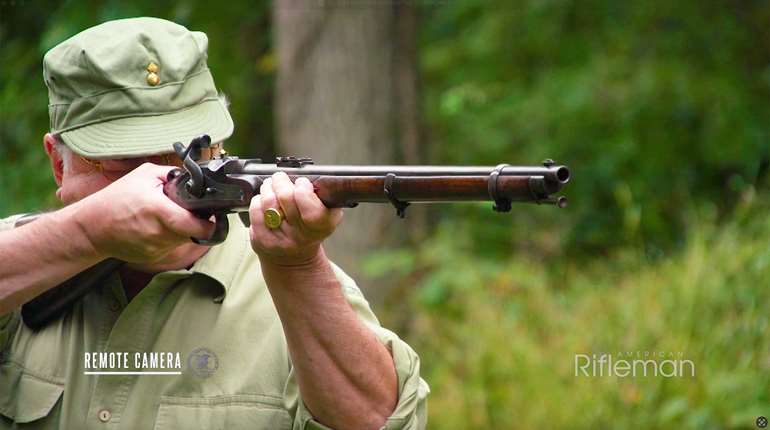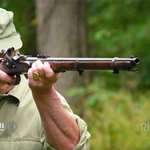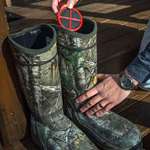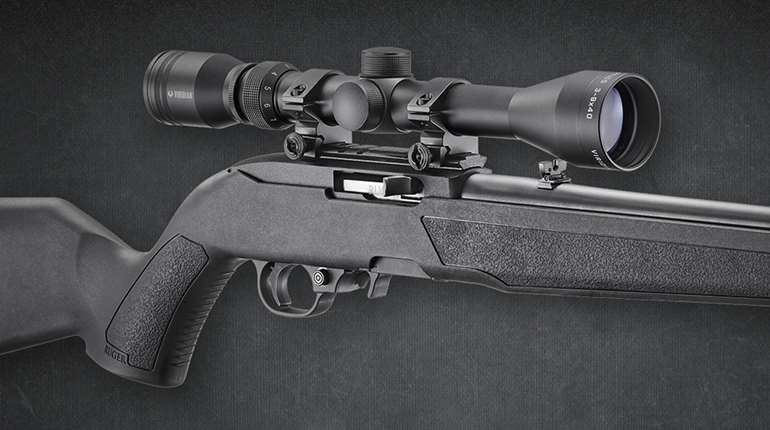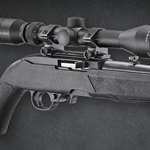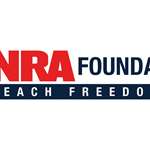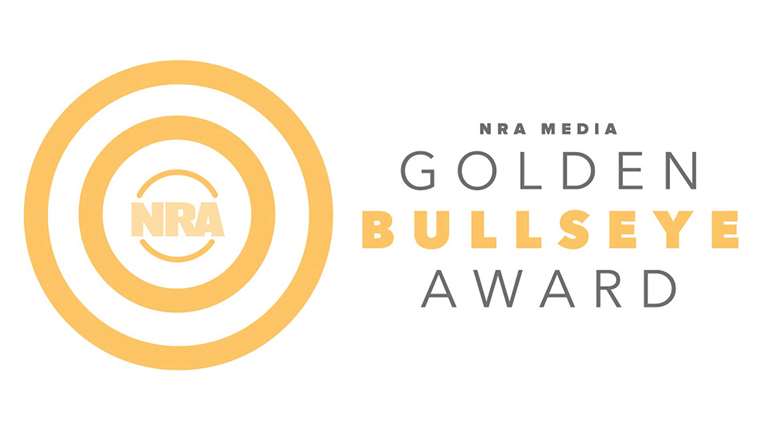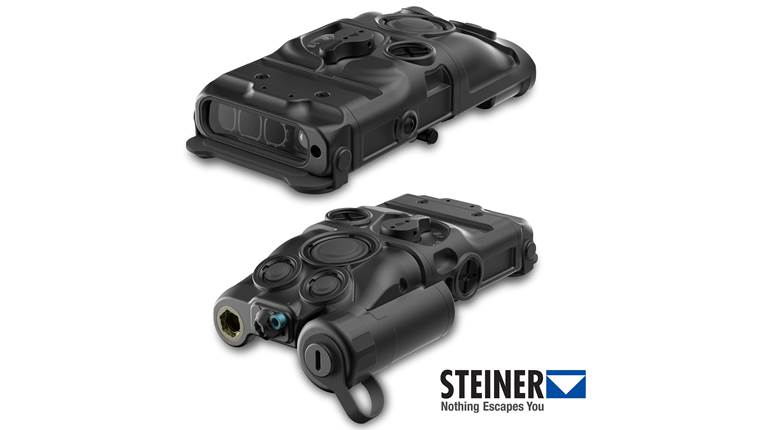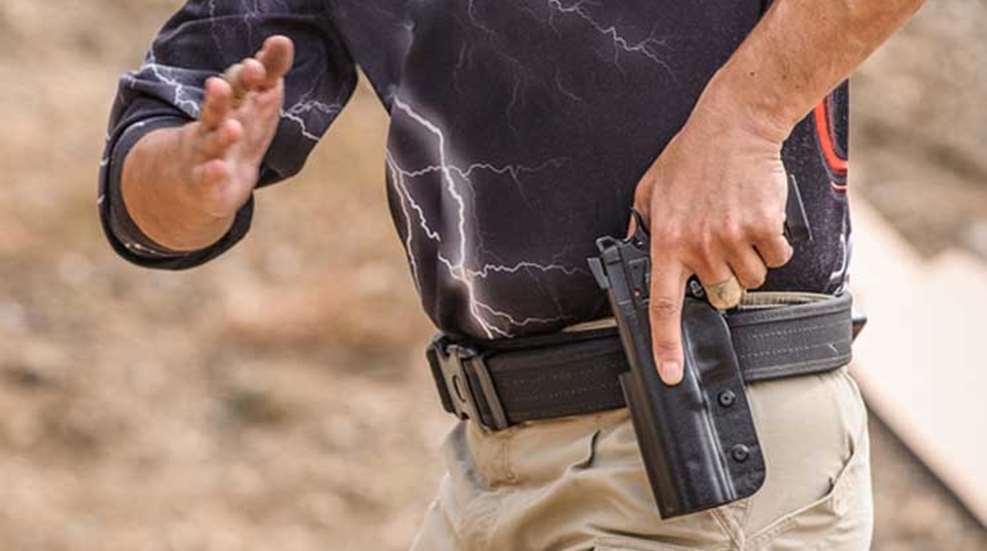
Once you have begun to get a handle on the basics of defensive handgun shooting, it is important to practice drawing and shooting with your weak hand. There are a number of reasons for this. Let's get familiar with those reasons as well as the practice techniques involved.
Bad guys don't stand at 15 yards out, side by side, like silhouette targets. A criminal attack is usually a very dynamic event, with one or more crooks armed with weapons trying to grab you. Several years ago, while running a felony apprehension unit, I learned to take the time to observe the suspect, looking to determine which wrist his watch was on and any other indication of his strong hand—the hand that might go for a weapon. Upon making the arrest, I would take hold of his strong arm so that I could employ various techniques to prevent him from drawing a weapon. Many crooks have worked out the same technique for overpowering a victim.
It also may be that, at the outset of the attack, your strong hand, or arm, is injured in such a way that acquiring the defensive handgun is difficult, if not impossible. The ability to draw and shoot with the weak hand becomes your only opportunity to stop such an attack.
Some years ago, I injured my right hand in such a way that it was virtually immobile for quite a long time. Having practiced with my left hand, I simply strapped a gun to that side of my body and went on about my business. Waiting until the strong hand has become virtually useless to try to work with the weak hand is an exercise in futility. It generally requires a good deal of prior practice.
Another reason for practicing with the weak hand may be the need to clear your home, or other building, during a criminal invasion. In this case, we want to make use of all available cover—cover being anything that will stop or greatly impede bullets. For this reason, as you move around corners, you want to expose only as much of your body as is absolutely necessary. Being able to shoot with either hand allows a person to work corners, to the right or left, with the least exposure, and the majority of the body staying behind cover.
When one considers working with the weak hand, he must also evaluate the kind of holster and the method of carry that he employs. The strong hand, or arm, may be taken out of the fight before a person even has the chance to draw his gun. If that is the case, the defensive shooter obviously has to use his weak hand to make the draw, as well as fire, should that become necessary. I carry on my right hip in such a way, and with a particular holster, that allows me to reach behind my back with my left hand and draw the gun. Frankly, I'm not as fast with my left hand, but I can get it done.
The world is unfair and some people are more ambidextrous than others. However, we can all learn to use our weak hand to defend ourselves. It simply means that some folks will have to practice longer and harder than others.
Work with the weak hand is best begun during dry practice—that means with an unloaded gun—and it is up to you to check that gun as many times as necessary to make sure that it is truly and completely unloaded. Work at developing a smooth, positive draw with the weak hand. Work on positive sight alignment and trigger press. At first, this will remind you of the first time that you ever handled a defensive handgun. With time, you will learn the moves and become much more confident and skilled at deploying the defensive handgun with your weak hand. It simply takes practice and, for some of us, lots of it.
Being able to defend yourself with your weak hand allows you to make the best use of available cover and also to stay in the fight when the crooks might foolishly think that they have the advantage. Like anything else associated with deploying the defensive handgun, it requires practice and a continual regard for safety.












